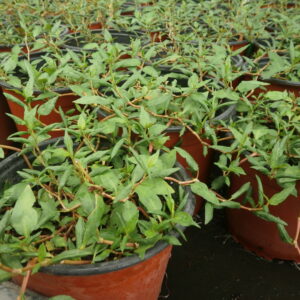
Related products
-
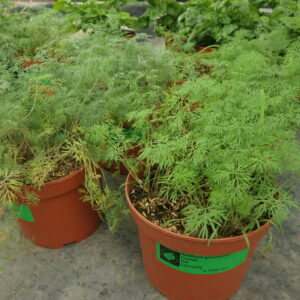
Dill
Culinary Garden ₡1,900.00 Add to cart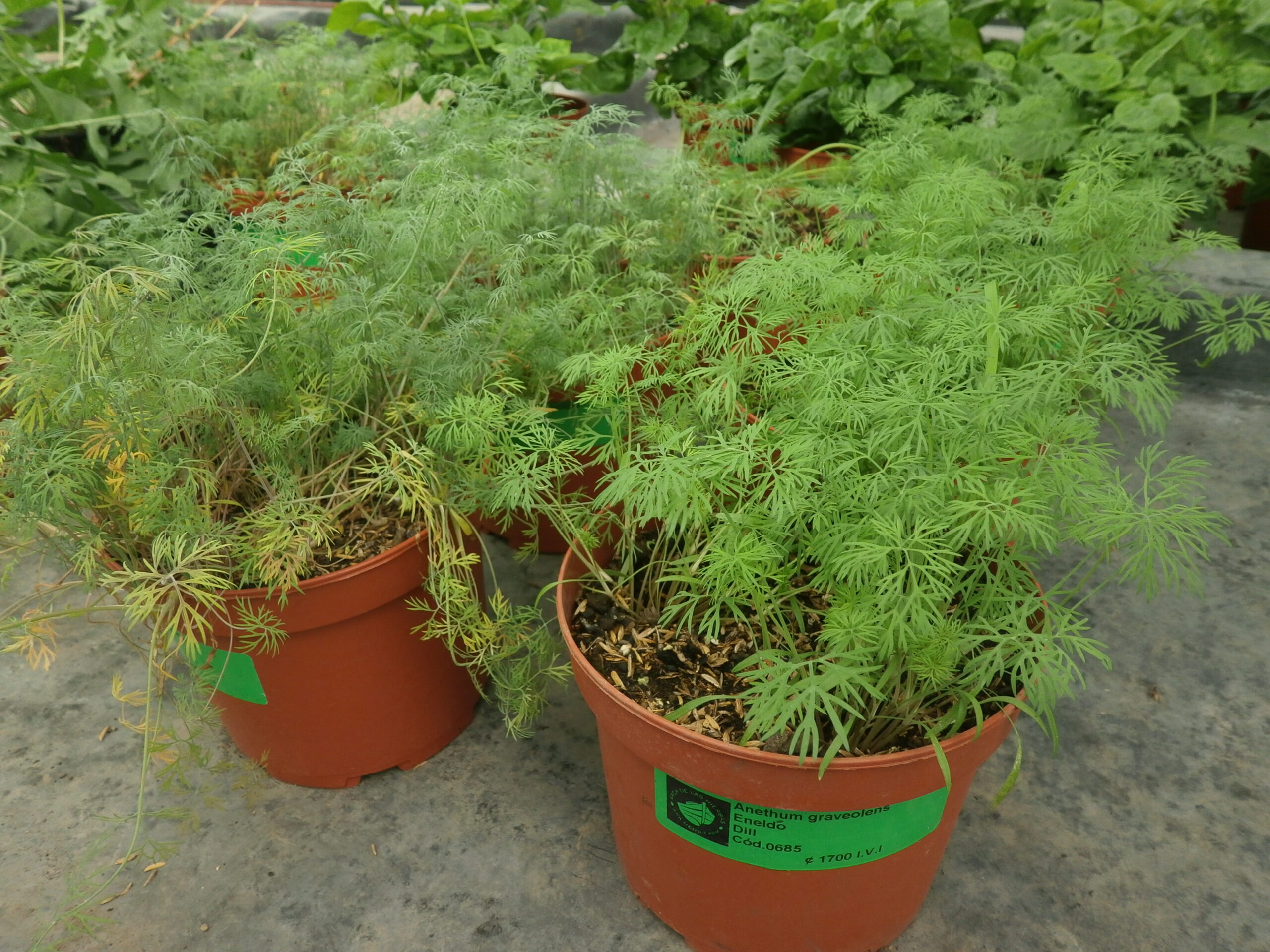
Dill
₡1,900.00
SKU: 0685 Category: Culinary GardenScientific name: Anethum graveolens
Family: Apiaceae
Origin: N Africa and Arabian penisula
Medicinal use:With fresh dill all kinds of dishes can be flavored, it can be added, in addition to fish, to seafood, meats, rice, salads, vinegars and flavored oils, sauces … it provides its sweet, fresh and aniseed flavor, a unique flavor that no other aromatic plant can provide.
7 in stock
-
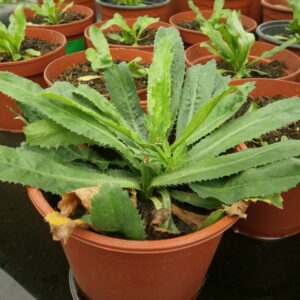
Cilantro, Wild
Culinary Garden ₡1,900.00 Add to cart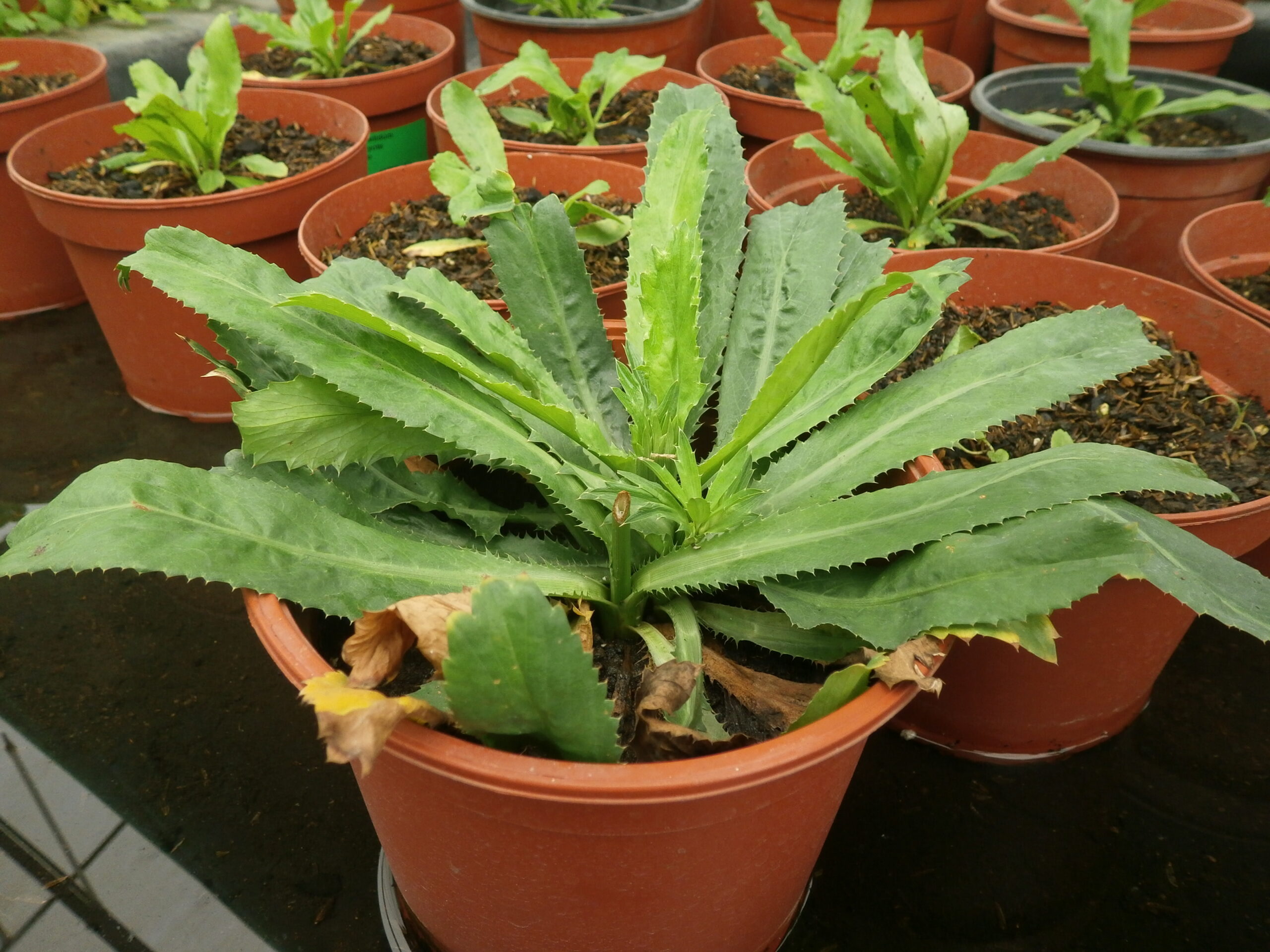
Cilantro, Wild
₡1,900.00
SKU: 0650 Category: Culinary GardenScientific name: Eryngium foetidum
Family: Apiaceae
Origin: Mexico and S America
Medicinal use:The leaves are used fresh, whole or chopped, as a substitute for coriander and parsley. In Panama, it is mixed with parsley, garlic, onion and chives to prepare “green recao”, a condiment widely used in the preparation of various stews, sauces and soups.
59 in stock
-
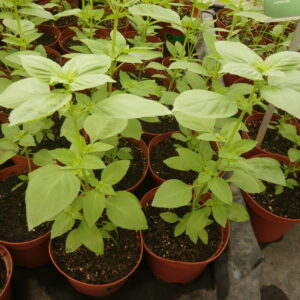
Basil, Lemon
Culinary Garden ₡1,900.00 Add to cart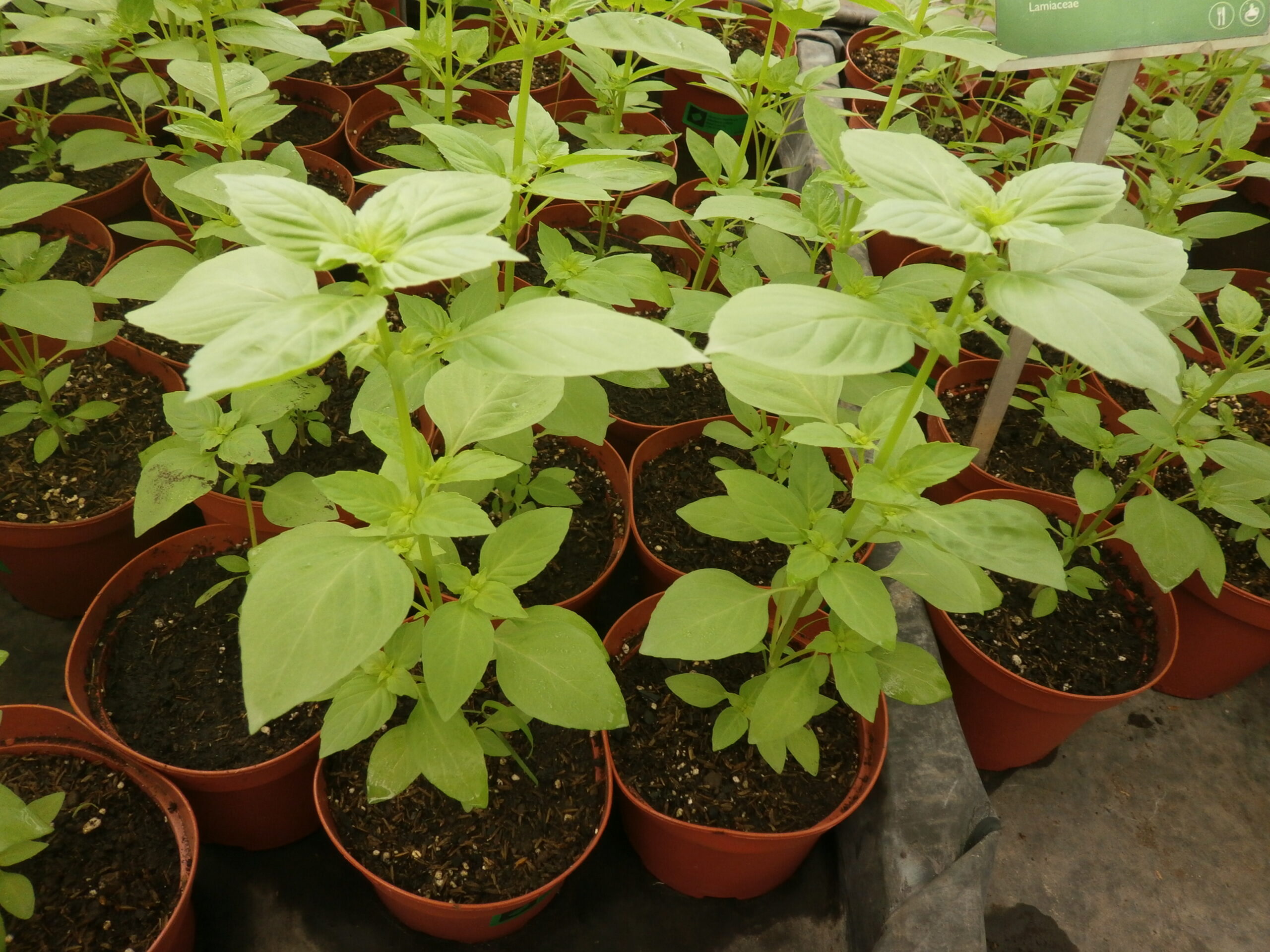
Basil, Lemon
₡1,900.00
SKU: 0100 Category: Culinary GardenScientific name: Ocimum basilicum
Family: Lamiaceae
Origin: S Asia and NE Africa
Medicinal use: In Laos, lemon basil is widely used in curries, stews, and fried dishes as it is the most commonly used type of basil in Laos. Many of the stews of Lao cuisine require the use of lemon basil. It is often eaten raw in salads or lalap (raw vegetables) and accompanied by sambal. Lemon basil is often used to flavor certain Indonesian dishes, such as curries, soups, stews, or steamed or grilled dishes.
11 in stock
-
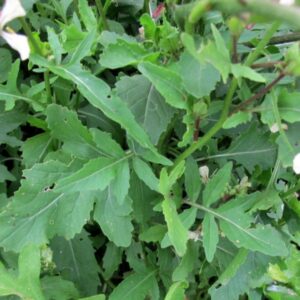
Arugula, Wasabi
Culinary Garden ₡1,900.00 Add to cart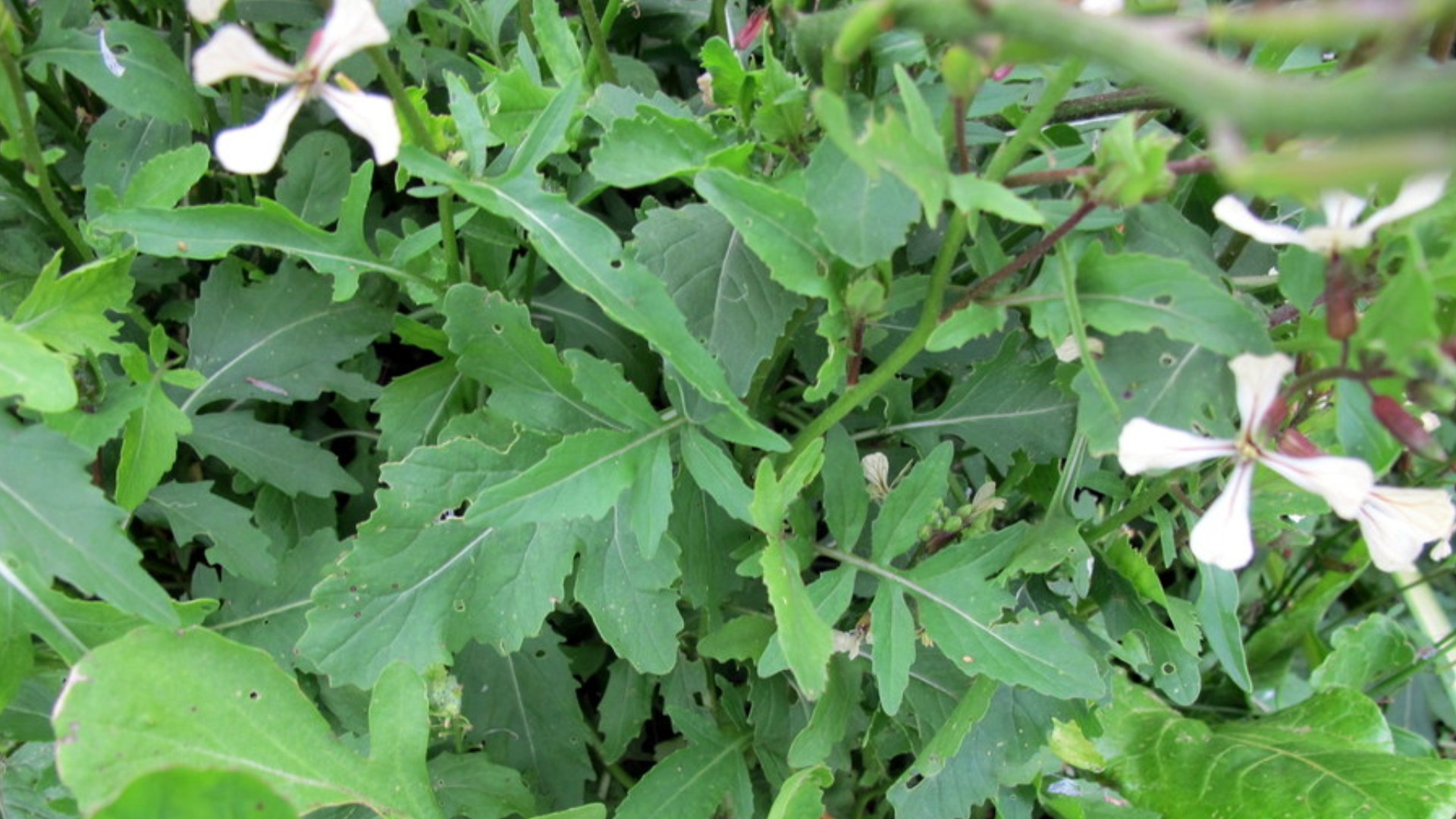
Arugula, Wasabi
₡1,900.00
SKU: 0232 Category: Culinary GardenScientific name: Eruca vesicaria
Family: Brassicaceae
Origin: Mediterranean, China and Arabian Peninsula
Medicinal use: It is often added to a pizza at the end of or just after baking. It is also used cooked in Apulia, in southern Italy, to make the pasta dish cavatiéddi, “in which large amounts of coarsely chopped rocket are added to pasta seasoned with a homemade reduced tomato sauce and pecorino”,as well as in “many unpretentious recipes in which it is added, chopped, to sauces and cooked dishes” or in a sauce (made by frying it in olive oil and garlic) used as a condiment for cold meats and fish.
8 in stock

